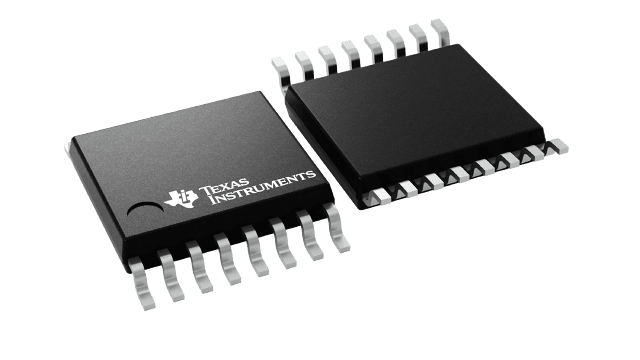| Resolution (Bits) | 16 |
| Number of DAC channels (#) | 2 |
| Interface type | SPI |
| Output type | Unbuffered Current |
| Settling time (μs) | 0.5 |
| Features | Reset to Mid-Scale |
| Reference type | Ext |
| Architecture | Multiplying DAC |
| Rating | Catalog |
| Output range (Max) (mA/V) | 2 |
| Output range (Min) (mA/V) | 0 |
| Operating temperature range (C) | -40 to 85 |
- Relative Accuracy: 1 LSB Max
- Differential Nonlinearity: 1 LSB Max
- 2-mA Full-Scale Current ±20%,
With VREF = ±10 V - 0.5-μs Settling Time
- Midscale or Zero-Scale Reset
- Separate 4Q Multiplying Reference Inputs
- Reference Bandwidth: 10 MHz
- Reference Dynamics: –105-dB THD
- SPI-Compatible 3-Wire Interface:
50 MHz - Double Buffered Registers to Enable
Simultaneous Multichannel Update - Internal Power-On Reset
- Industry-Standard Pin Configuration
All trademarks are the property of their respective owners. All trademarks are the property of their respective owners.
The DAC8812 is a dual, 16-bit, current-output digital-to-analog converter (DAC) designed to operate from a single 2.7-V to 5.5-V supply.
The applied external reference input voltage VREF determines the full-scale output current. An internal feedback resistor (RFB) provides temperature tracking for the full-scale output when combined with an external I-to-V precision amplifier.
A double-buffered, serial data interface offers high-speed, 3-wire, SPI and microcontroller compatible inputs using serial data in (SDI), clock (CLK), and a chip-select (CS). A common level-sensitive load DAC strobe (LDAC) input allows simultaneous update of all DAC outputs from previously loaded input registers. Additionally, an internal power-on reset forces the output voltage to zero at system turnon. An MSB pin allows system reset assertion (RS) to force all registers to zero code when MSB = 0, or to midscale code when MSB = 1.
For all available packages, see the orderable addendum at the end of the data sheet.








